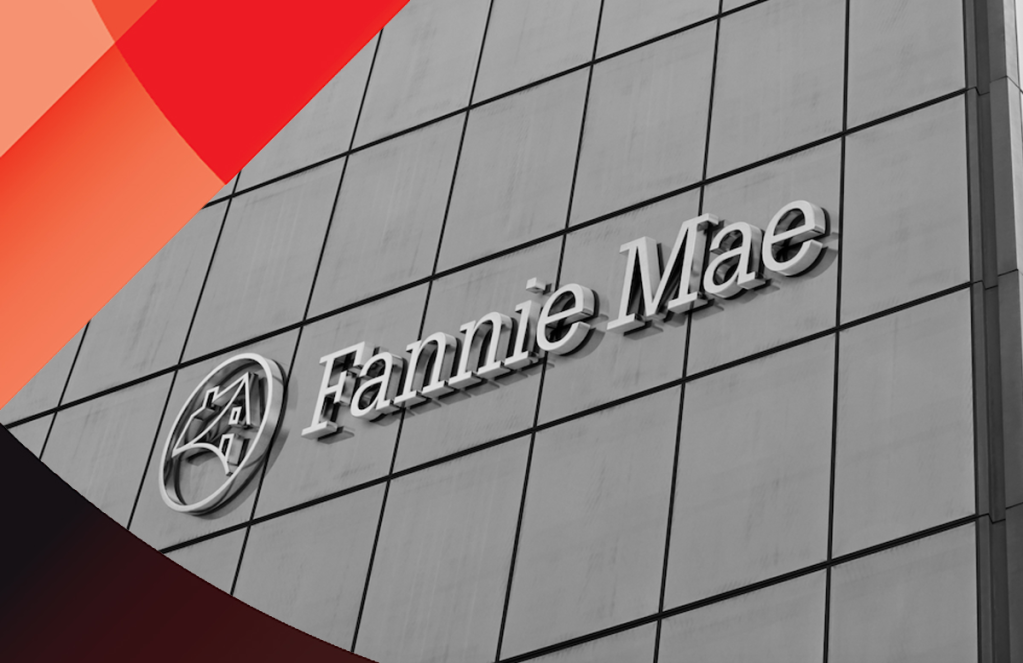In June 2021, the Supreme Court of the United States ruled that President Joe Biden had the authority to oust the head of the Federal Housing Finance Agency (or FHFA), which oversees the government-sponsored enterprises (or GSEs) Fannie Mae and Freddie Mac. And within hours, he did just that, moving Trump-appointed Mark Calabria from the seat and instating Sandra Thompson in his stead.
The move was widely seen as a necessary step in giving the Biden administration more control over Fannie Mae and Freddie Mac, which have been in conservatorship under FHFA since the U.S. housing market crashed in 2008. It’s also a sign to revive the conversation around GSE reform — namely, whether we should regulate GSEs as public utilities.
During his two-year tenure, Calabria emphasized releasing Fannie Mae and Freddie Mac from conservatorship, severing their federal connection, and reducing their market relevance and presence. However, this approach depends on assumptions of perfect markets and fair lending, which are not automatic.
So far, it appears the Biden administration understands this. Nevertheless, formalizing a privately owned and publicly regulated utility requires congressional legislation, which depends on bipartisan political cooperation. Short of legislation that might not pass, GSEs should be regulated — and therefore, run — as utilities.
Why we should regulate GSEs as public utilities
Individuals from across the political aisle favor terminating the conservatorship, but that doesn’t mean everyone wants to release Fannie Mae and Freddie Mac to the private markets, either. If the U.S. Department of the Treasury and FHFA cut Fannie Mae and Freddie Mac loose without fair lending regulations or a federal backstop in place, it would likely destabilize GSEs and decrease Americans’ access to credit.
With this in mind, transitioning GSEs to public utilities could make sense for the U.S. housing market.
Similar to electricity, gas, and water, Fannie Mae and Freddie Mac are privately held, but provide critical public services. Public utilities are owned by private investors and regulated by state or federal regulators, and every state has a utility commission that sets rates.
Unlike the capital investment and mortgage origination markets, the guarantor and securitization markets need assistance to remain efficient, fair, and resilient. Government-imposed quality, consistency, capital adequacy, and fairness standards can help, and achieving these goals requires scale. These are the markers of a public utility.
It’s useful to remember that there are no unregulated insurance or securities markets, because failures in such markets have intolerably broad consequences.
Furthermore, the authorizing legislation categorizes an entity as a “systemically important financial market utility” if its failure would cause a broad collapse or disruption in financial markets. That certainly applies to Fannie Mae and Freddie Mac, and it’s why they were placed under a conservatorship initially rather than letting them abruptly collapse.
Besides this, even though utility stocks aren’t high growth, most pay dividends, and because they’re government-guaranteed, they remain dependable amid crises such as COVID-19. Utility-like regulation would allow GSEs like Fannie Mae and Freddie Mac to continue operating at low risk, which is vital.
Imagine that FHFA directed the GSEs to issue $90 billion (1.5%) enterprise-level convertible debt into the capital markets. The market would determine the required yield, though it’s hard to imagine it being greater than 5%. This $90 billion is hard cash protecting taxpayers, supplementing $40 billion in credit risk transfer and guarantee fee revenue.
Combined with the cost of issuing CRT, this debt cost closes the loop on determining the capital cost component of guarantee fees. Thus, even though regulators oversee pricing, the competitive capital markets are actually setting most of the cost of guarantee fees.
Finally, consider that courts and state legislatures have long classified utilities as basic necessities. That’s why power providers are obligated to serve all members of the community. To achieve equal access to housing, we can view GSE operation and housing finance through a similar lens. This trillion-dollar industry is a national utility that should be viewed from a macro perspective and insulated from impulses and inequities within the private market.
Regulating Fannie Mae and Freddie Mac as public utilities has its critics, and some suggest privatization as a solution, for example. In the next part of this series, I will discuss the issue of privatization and suggest a path forward that provides lessened risk to private capital without losing the benefits of fair lending for taxpayers.
Richard Cooperstein, Ph.D., is the director of partnerships and policy at Andrew Davidson & Co., Inc..
This column does not necessarily reflect the opinion of HousingWire’s editorial department and its owners.
To contact the author of this story:
Richard Cooperstein at rcooperstein@ad-co.com
To contact the editor responsible for this story:
Sarah Wheeler at swheeler@housingwire.com





